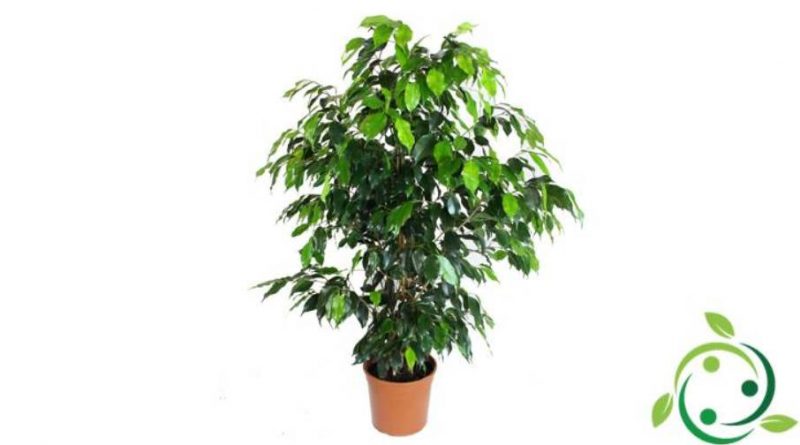How to grow Ficus benjamin
How to grow Ficus benjamin
Ficus benjamin (Ficus benjamina L., 1767) is a species belonging to the Moraceae family that is commonly grown in pots in the apartments. Its cultivation in an environment, not natural for the plant, requires, especially for this species, some technical measures. In this sheet we will see how to cultivate the Ficus benjamin and some precautions and adversities to avoid to allow them to vegetate in the best way. The plant is characterized by one or more light brown stems and can reach 2.5 m in height. This small tree, at a young age, is very flexible, which is why the nurserymen weave together the stems to compose the artificial composition, even if aesthetically pleasing. In nature, instead, they arch and bend downwards creating a rain effect. The leaves are oval, acuminate, glossy, dark green or whitish-yellow streaked according to the cultivars that, in their habitat, can reach up to 10 cm to allow rain drops to flow rapidly from their surface; Ficus benjamina is a native species of the humid tropical rain forests.
The Ficus benjamin plant requires a warm humid climate and a luminous position but not direct sunlight; to ensure above all humidity it is good to choose the area of the apartment with higher relative humidity by integrating it with frequent nebulisations on the leaves of deionized water.
Watering must be regular; more abundant in summer and thinning in winter; adjust watering every time the superficial part of the soil is dry up to a depth of 5 cm; in good weather, the open air is in a shaded but humid position. Especially in cold apartments it is not advisable to keep the plant in environments where the temperature can drop below 10 ° C, with cold drafts but you have to be careful about these changes of “habitat” because the ficus benjamin does not like to be moved between different environments, which often causes the leaves to fall. the ideal temperature is between 18 and 24 ° C. The fall of the leaves can also occur following repotting; in this case, however, if you follow the instructions below, it will soon regenerate new shoots and new leaves.
The most suitable soil for pot cultivation of Ficus benjamin is the universal soil for potted plants marked with the phrase “allowed in organic farming”, highly draining, containing organic fertilizer, mycorrhizal fungi and other beneficial microorganisms and placing expanded clay or gravel very thick the bottom to increase drainage, to avoid root rots and fungal diseases. The fertilization of this substrate must be of an organic type to be applied once a month, in powder or liquid, whose nitrogen content is higher than that of phosphorus and potassium. Avoid however to fertilize in the winter period. It is necessary not to exceed, however, in nitrogen because this causes an excessive softening of the leaves with the possibility of increasing various insects (such as aphids and mealybugs) or mites that can cause yellowing and fall of the attached leaves.
Ficus benjamin must be repotted every 2-3 years until it has reached the desired size; for this operation choose a container with a diameter of 10 cm larger than the current one. To reproduce this plant it is possible to use the layering multiplication to be carried out at the beginning of summer or by topical cuttings carried out in spring.
Ficus benjamin can cause an allergic reaction due to the lymph, which looks like a white, slightly irritating milky liquid that, in some cases, can lead to an anaphylactic shock.

